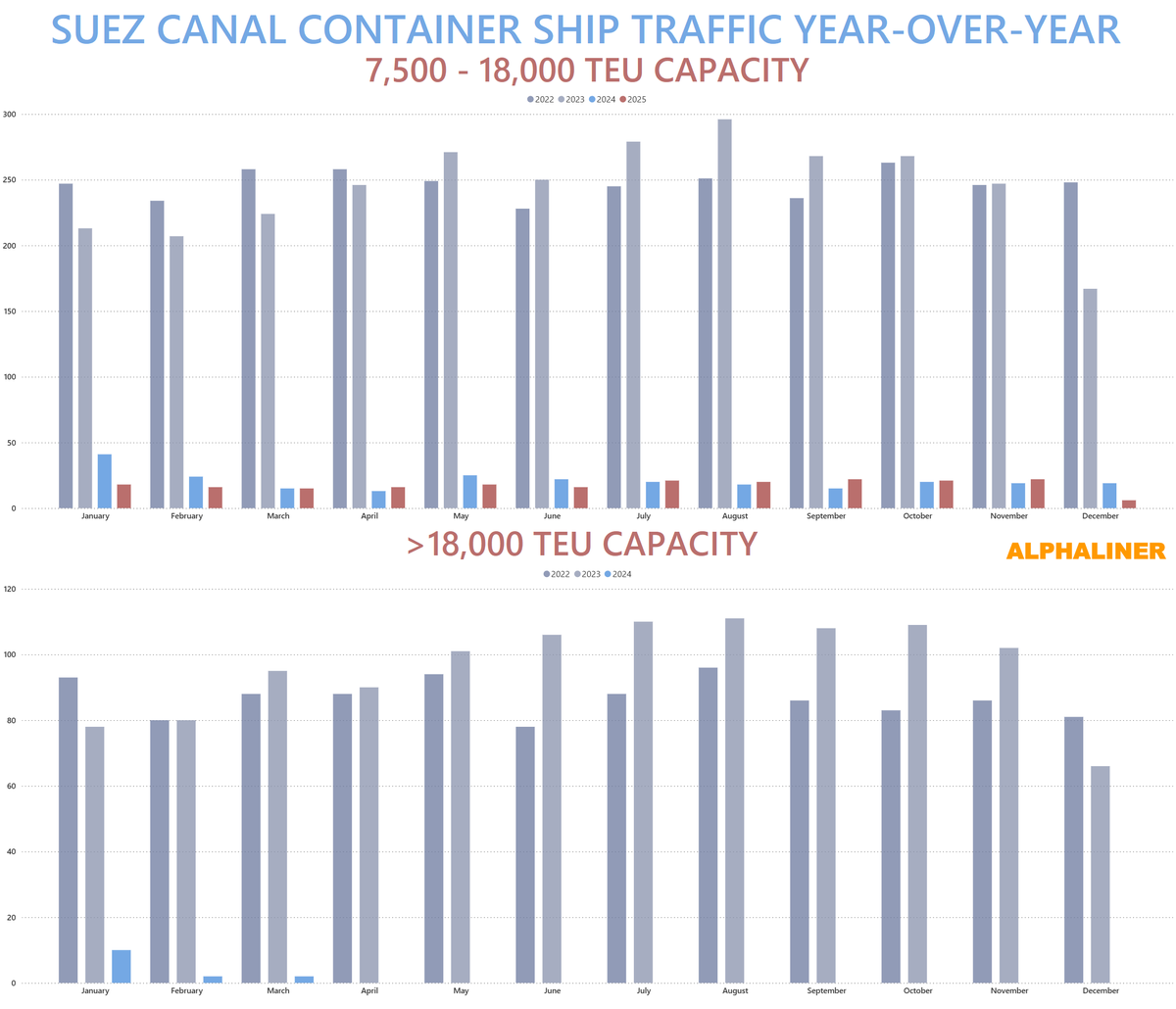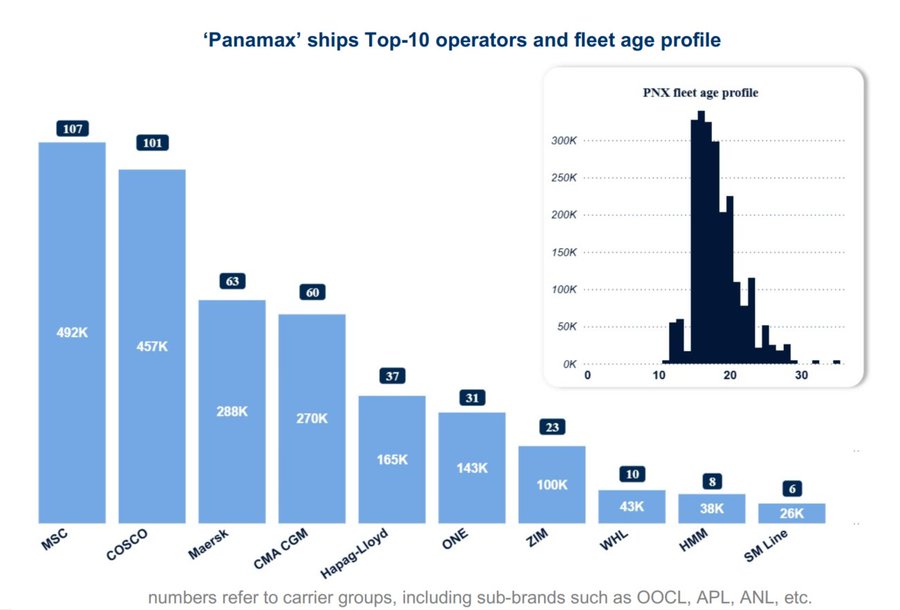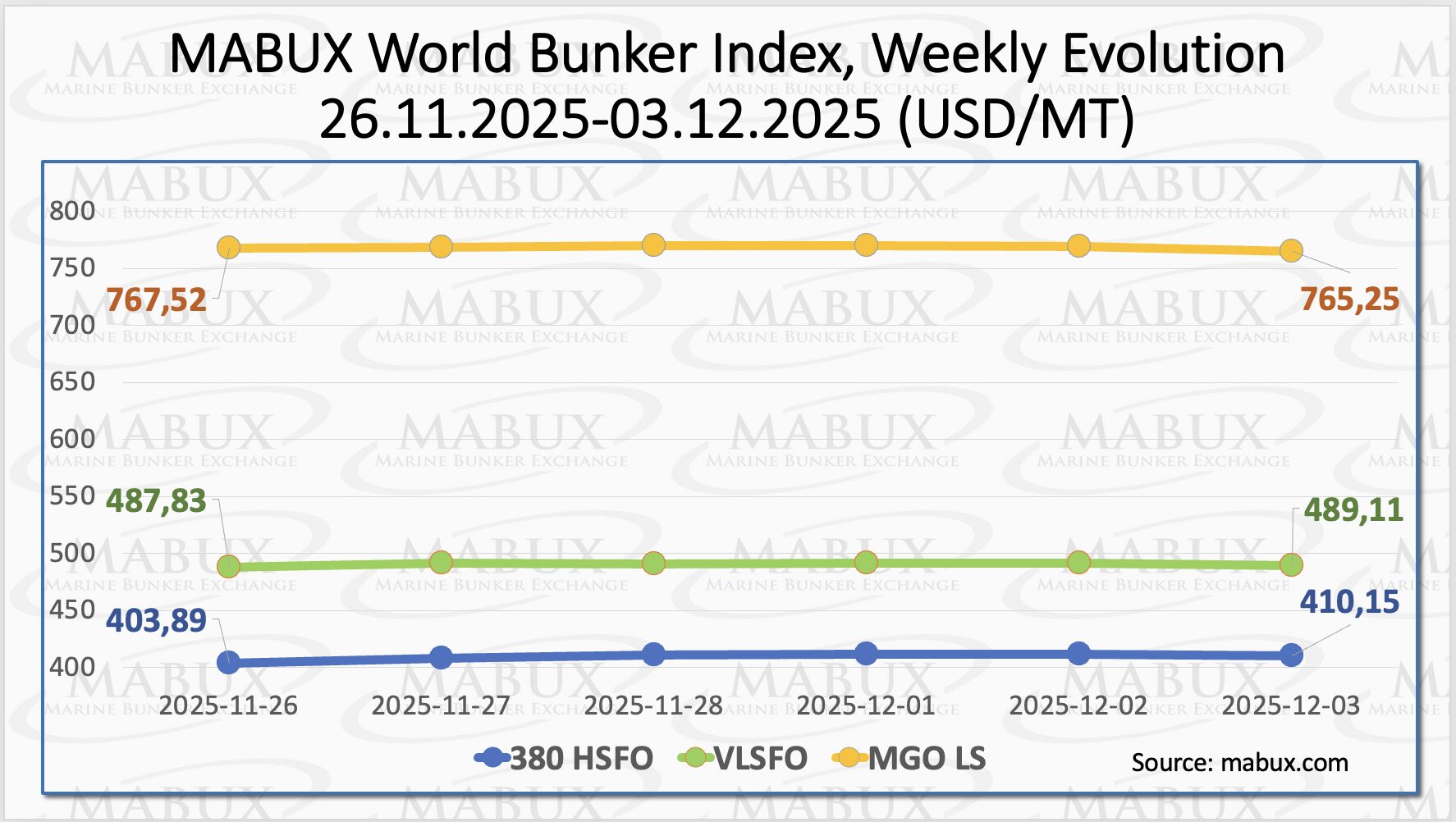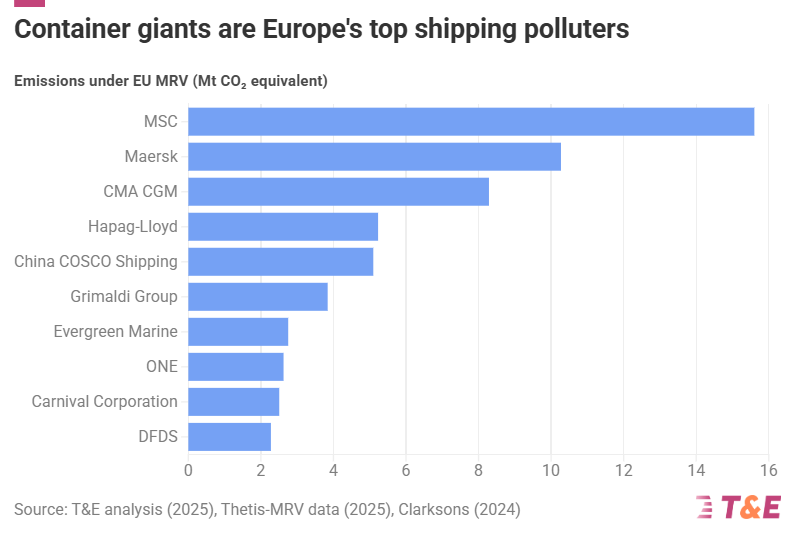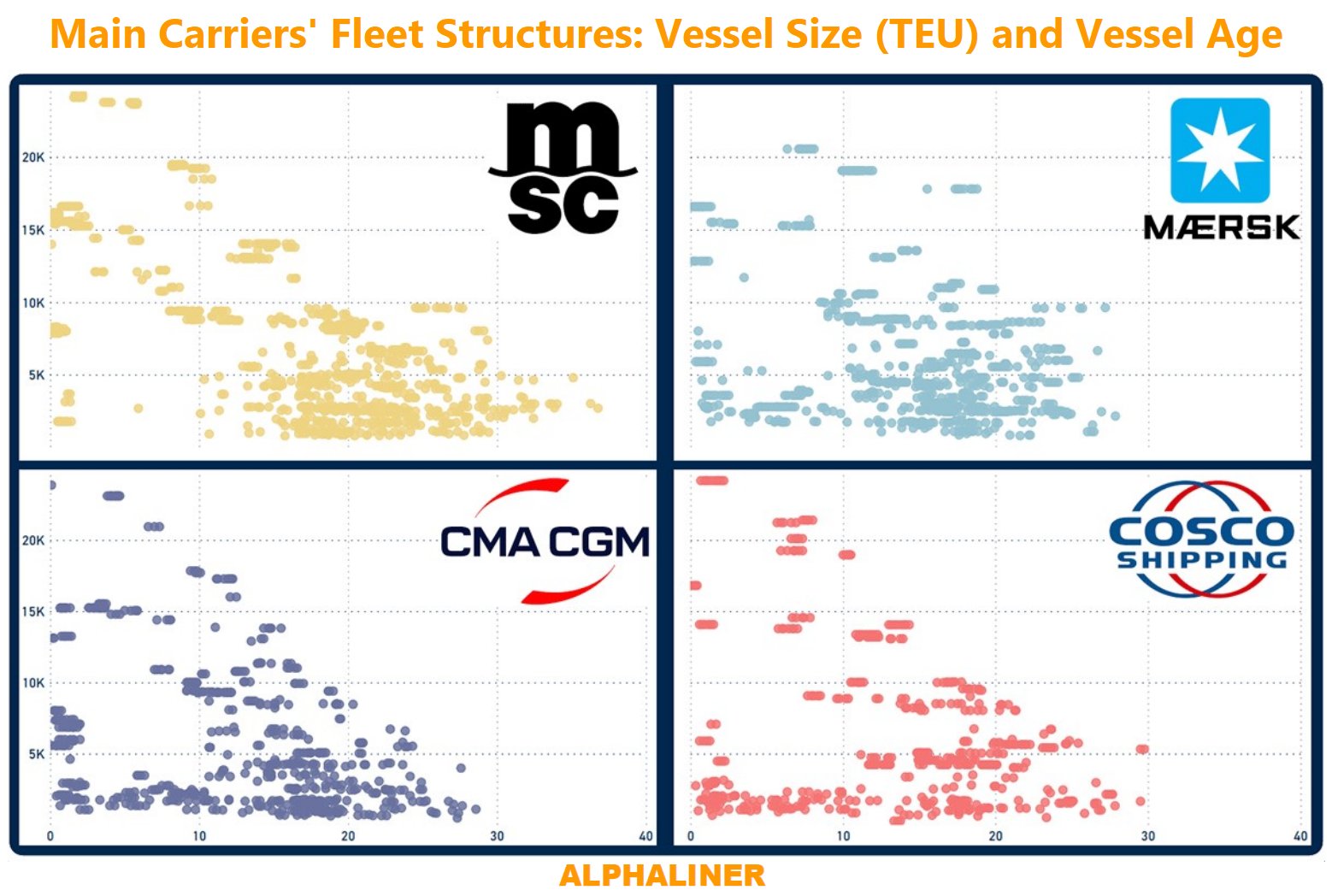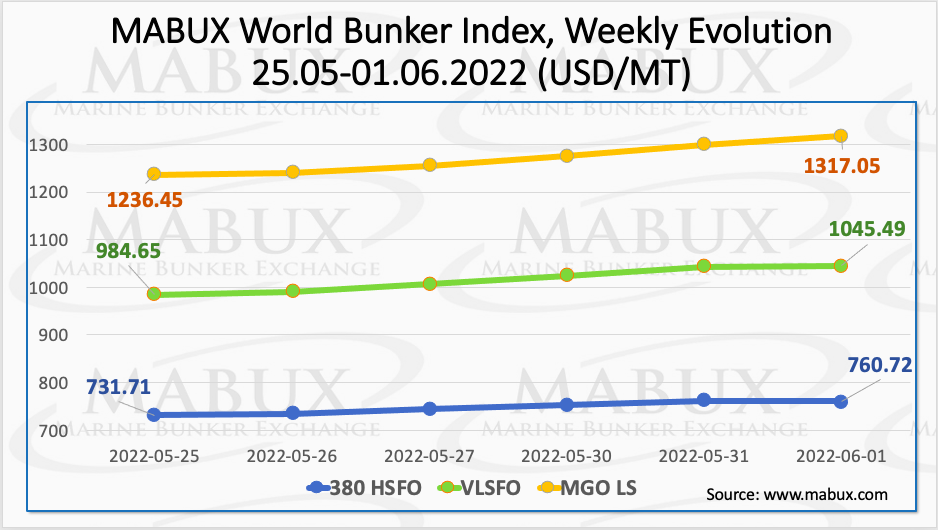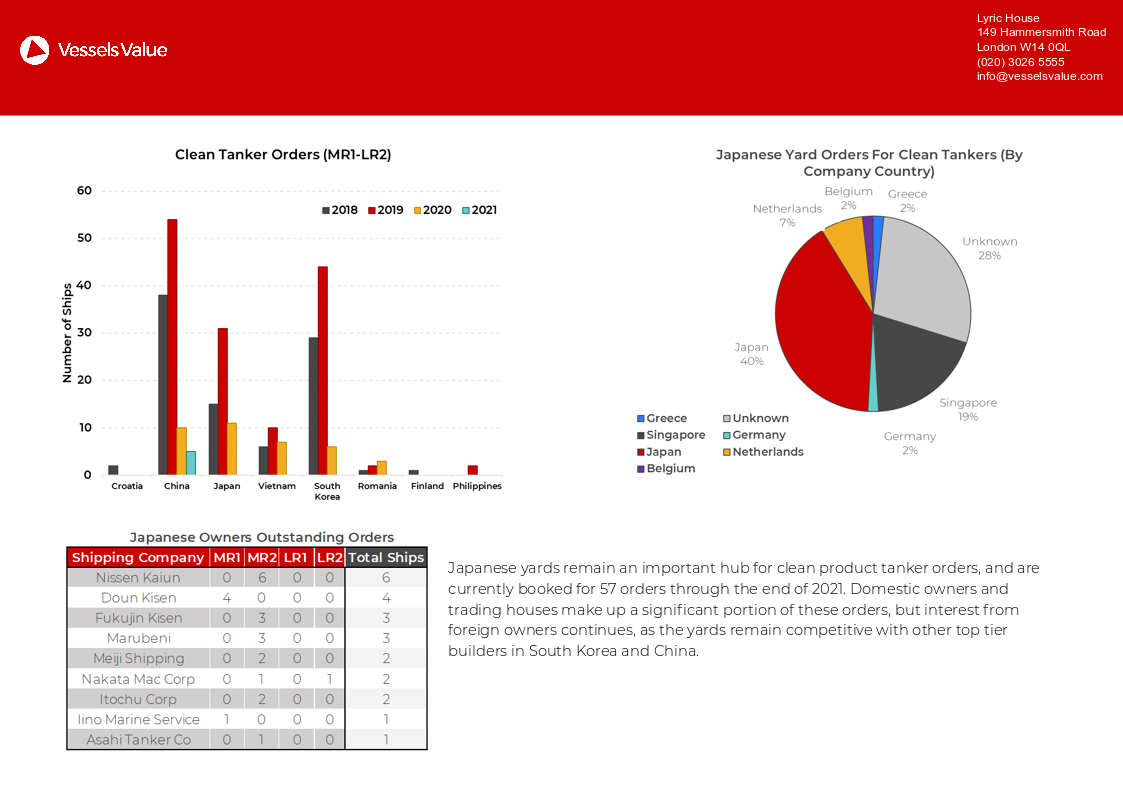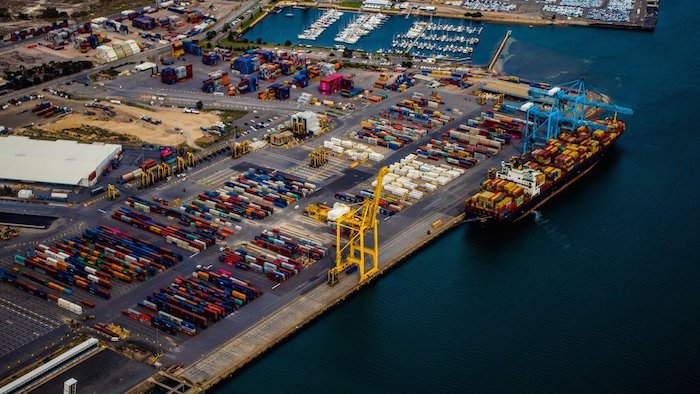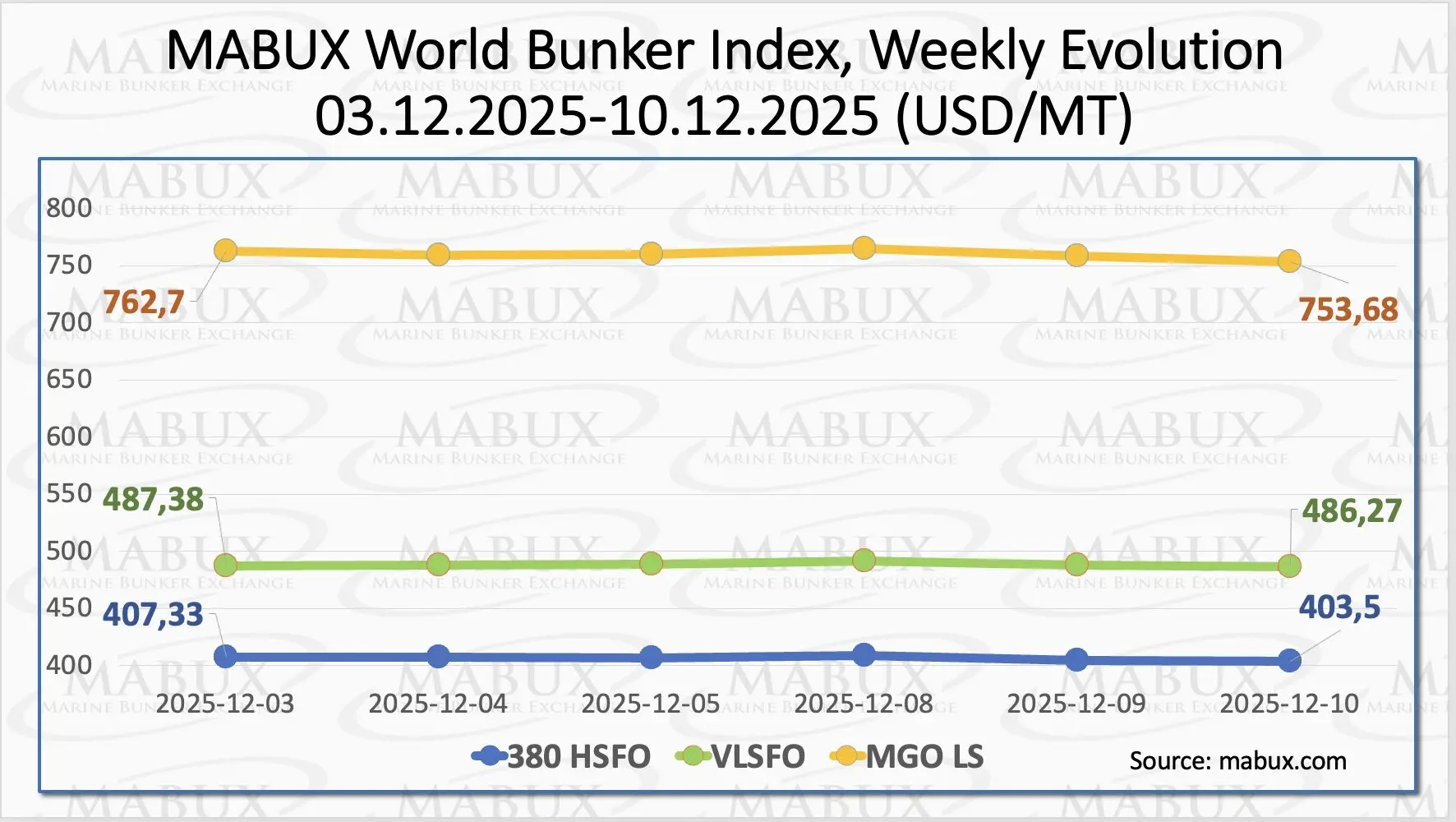
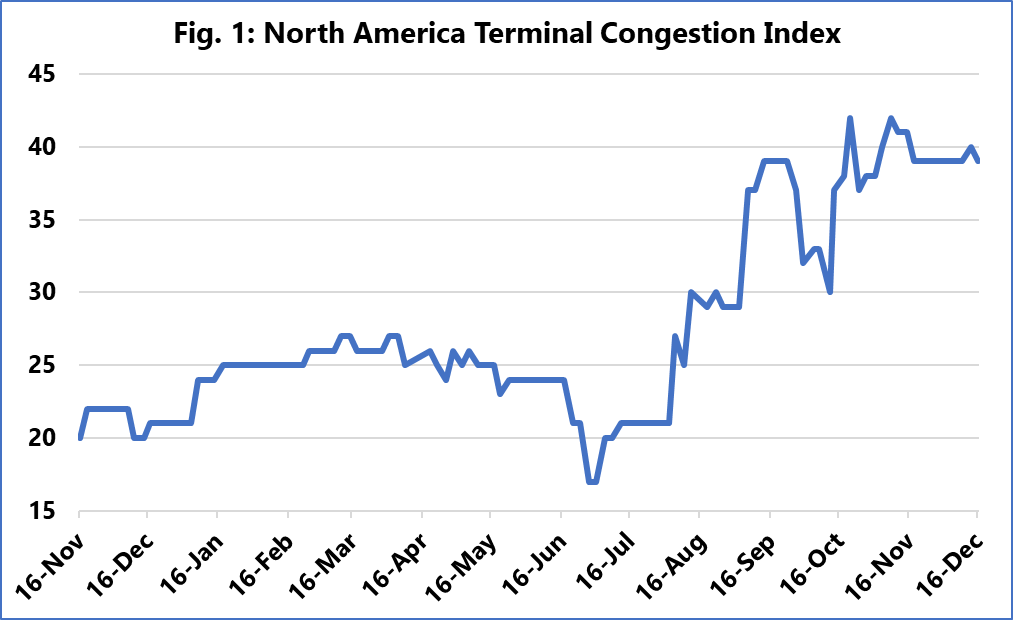
Sea Intelligence recently analysed the development in congestion related to both container terminals as well as intermodal congestion related to terminals, using the congestion updates published by HMM from November 16th, 2020, to December 16th, 2021.
The data is split into terminals and intermodal, and for each, a traffic light is provided: green is “good”, yellow is “slight problem”, and red is “serious problem”. To quantify the dataset, we have converted it into a scoring system, with green lights assigned the value of “0”, yellow assigned the value “1”, and red assigned “2”. Using this, we then calculate a total score for terminals and intermodal; the higher the score, the more problems are seen.
Since this dataset stems purely from HMM, there is no guarantee that the experience of HMM is perfectly representative of all other carriers globally. However, as a major global carrier and a member of THE Alliance, it should be reflective of the wider market as a whole.
The chart shows the Terminal Congestion Index for North America, and we see a development where congestion peaks in mid-September 2021, and then there is a brief temporary improvement in early October. However, this improvement is quickly reversed, bringing congestion to a record-high sustained plateau.
Looking at the rest of the regions, the data is quite clear. Despite the extensive focus on congestion issues, and the aim for resolution of same, the reality experienced by HMM, is that terminal congestion issues are worsening in Europe and are sustained at a historically high level in North America, with no indication of an improvement.
In terms of intermodal congestion, this continues to get worse in North America, and in Europe there are also recent signs of a slightly worsening of the situation. As we are heading into the pre-Chinese New Year rush over the next 6 weeks, it is very likely that this condition will get worse before it gets better.
Source: Sea Intelligence

